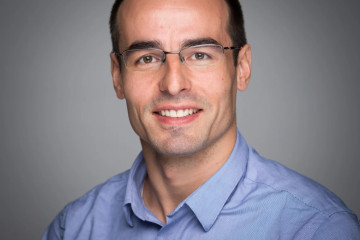PhD Studentship
Electrospun hollow fibres for muscle tissue engineering in a soft bioreactor chamber

At a glance
Pending start
Grant amount
£100,000
Principal investigator
Dr Pierre-Alexis Mouthuy
Co-investigator(s)
Institute
University of Oxford
R
- Replacement
